Tears, faraway motherhood: Toll of EU’s seasonal farm labour
More than half a million children in Romania alone had at least one working parent abroad in the past year, a 2022 study shows.
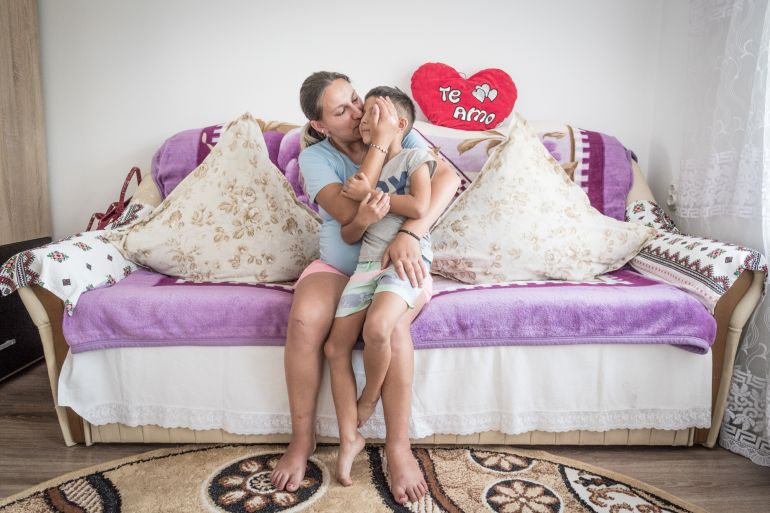
Petra left her family behind three years ago in Zmeu, Romania. Although time has passed, her voice still trembles.
“My son had an inguinal hernia, and I borrowed 600 euros [$643] for surgery, medicine and transportation to Iaşi, the hospital city,” she told Al Jazeera.
Keep reading
list of 4 itemsUK’s Sunak promises Rwanda deportation flights will begin in 10-12 weeks
‘Unconscionable’: US sends dozens to Haiti on deportation flight
Cyprus suspends asylum applications for Syrians as arrivals rise
To repay her debts, Petra left Zmeu, where she had lived with her nine children.
“Alina, my youngest child, was only six months old when I left her with her older siblings. An aunt who lives nearby occasionally checked on them.”
Petra stops talking, squints her eyes, and starts to cry.
In Romania, at age 47, she was a bricklayer, earning 40 euros ($42) for each room she constructed, taking a week to complete.
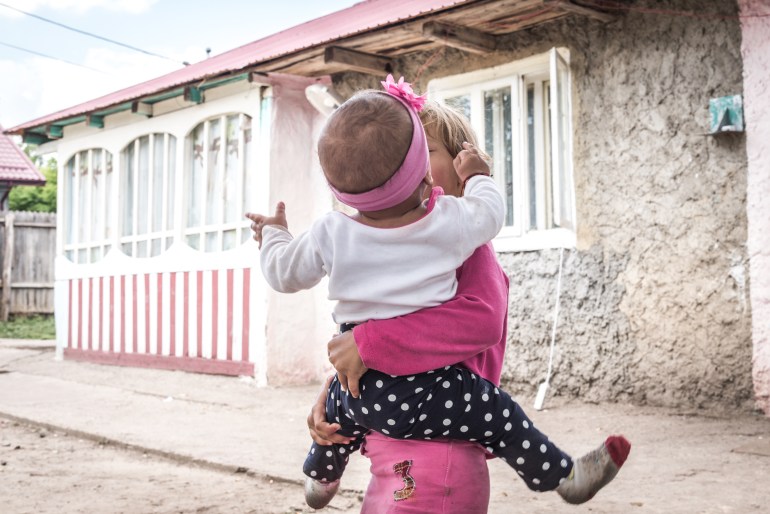
“I went with my husband to Italy, where I picked fruits and vegetables for 10 hours a day, receiving a pay of six euros [$6.40] an hour, when I should have earned nine euros [$9.60] an hour,” she said.
An agricultural labourer’s basic wage is set at nine euros gross per hour under the Italian provincial contract. On average, it applies to all of Italy. There is, however, a widespread practice where workers are paid less, mostly migrants but also natives.
Italy has basic wages, based on the different categories of work, which are stable, according to national collective agreements. There is still no official minimum wage law in Italy like in other European countries.
According to the United Nations Human Rights Council, between 450,000 and 500,000 migrants work in Italy’s agricultural sector, and it is estimated that 40 percent of them are irregular workers.
Most of them find seasonal work through “caporalato”, a widespread form of illegal intermediation between farmers and workers.
The system relies on the exploitation of the vulnerability of workers, leading to sometimes inhumane conditions of employment and living. (PDF)
According to Italian sociologist Marco Omizzolo, there are workers forced to work in the fields seven days a week, even for 10 hours a day.
According to the Italian National Institute of Statistics (ISTAT), agriculture is the sector with the highest rate of irregularity of employment (24.2 percent of the agricultural workforce in 2018).
In this specific context, violations of minimum wage requirements, inhumane working conditions, and violence are common.
According to the November 2022 estimates of the VI Report of the Placido Rizzotto Observatory of the national union FLAI-CGIL, in 2021 there were about 230,000 workers employed illegally in agriculture, and of these 55,000 were women.
Seasonal farm labour
Iurciuc Ilie, the principal of the Zmeu school complex with 430 students between the ages of three and 14, said that a shortage of jobs and low salaries have forced the mothers of a third of his school’s pupils to move abroad for work.
As a result of remittances from migrants, the small village has changed over time: New houses built according to Western standards have sprung up and others have been renovated.
“However, prolonged detachment negatively impacts students’ school performance. On average, students who are entrusted to grandmothers do worse at school and are at risk of dropping out. They are more rebellious, tend to disregard rules and get sad in front of other students’ mothers,” he said.
Within the European Union, seasonal farm labour mobility increased by 36 percent between 2011 and 2017.
In early April 2020, the Romanian and Bulgarian governments decided to allow charter flights carrying seasonal workers to travel during the coronavirus crisis.
Some of these workers took up seasonal work in the regions most affected by the virus.
According to Italy’s Coldiretti, in spring 2020, 15,000 Romanians were expected to travel to the region of Veneto, where COVID-19 hit first in Europe. (PDF)
According to Bulgarian and Romanian NGOs, it is difficult to find more recent statistics.
Italy, Spain, France and Germany were the main destinations. The majority of European labourers come from Romania, Poland and Bulgaria.
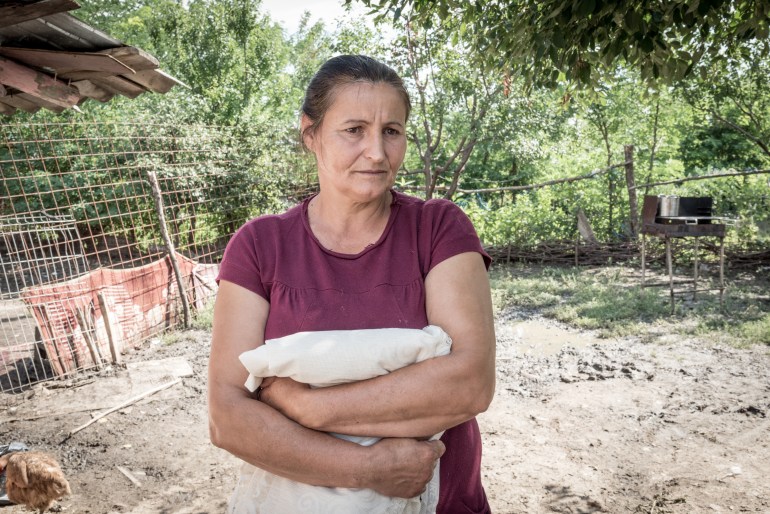
The NGO Save the Children Romania has just published a national study conducted in 2022. It revealed that 536,000 children, about 13.8 percent of Romanian children, had at least one working parent abroad in the past year.
About 155,000 children have only their mothers working abroad and 77,000 children have both parents away.
Moreover, even when possible, bringing their families with them is often not a good option for emigrating mothers.
According to psychologist Annarita Del Vecchio, who collaborates with the NGO ActionAid Italy, the situations of the seasonal farm labourers – long working hours in the countryside and living in precarious conditions – would not be suitable for raising a child.
For months at a time, mothers separated from their sons and daughters who then stay with other relatives.
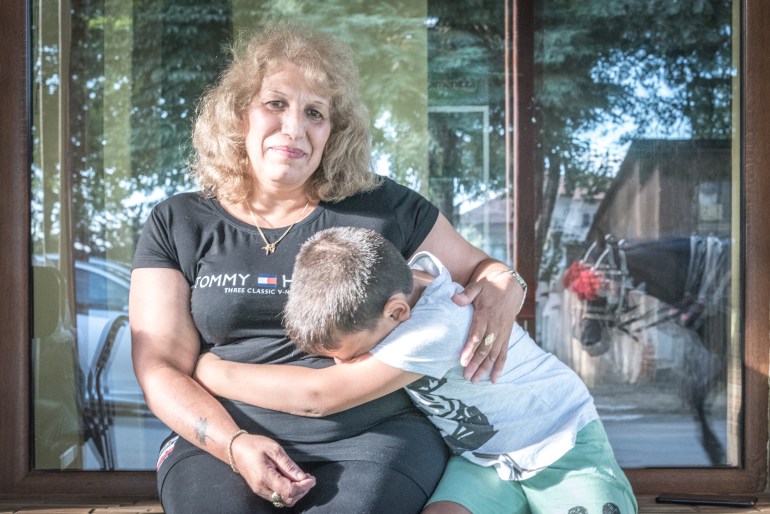
Female farm workers may experience the so-called “Italy syndrome”, an informal term in Romania referring to mental and physical health issues developed while working abroad – including depression, anxiety, insomnia, apathy and alienation, among others. It is theorised to be caused by a variety of stresses, including delegating motherhood.
Petronela Nechita, a psychiatrist at Iași psychiatric hospital, treated some female farm workers.
Psychological and psychiatric disorders experienced by mothers who have worked abroad are usually treated in an outpatient facility, according to Nechita.
Only the most severe cases were hospitalised, she said.
“Insomnia, depression, loneliness, and other psychological problems were common among the women I treated,” said Nechita. “I also watched, as an outpatient clinic nurse, the children of field labourers suffering from deep crises due to the absence of their mothers.”
Sometimes, the suffering may become so severe that the mothers abandon the migration project earlier than expected, returning home.
Situation in Bulgaria
The Montana province of Bulgaria is another East European high-migration area, similar to Zmeu in Romania.
Maria Lazarova, a trade unionist in Bulgaria, said leaving the country is almost a forced choice because the closure of factories since the end of the Soviet Union has left few jobs and low wages. Her union has advised those wishing to emigrate to rely on local agencies and avoid illegal middlemen.
“We live in a country with an agricultural vocation, but wages are low, and Bulgarians must find their fortune abroad,” said Bozhura Fidanska, a researcher at the Institute of Agricultural Economics in Sofia.
Even graduates in agriculture rarely stay, she said.
Iva, 53, a farm labourer from Montana province, still remembered the pair of leaving her teenage daughters when she left for Italy with her husband. Although Iva’s daughters were teens when she left Montana for Italy with her husband, she still remembers the pain.
“As we needed money for books and other expenses, I entrusted them to my mother-in-law. I missed them terribly, but I made that decision for them,” she said.
The 64-year-old Rosita Alexandrova, a teacher in Montana province, got emotional when she talked about the children with faraway mothers who she knows.
“Over the years, I have had many students with faraway mothers. As soon as they arrived in the morning, they would ask me to hug them because they were lonely. Some of them were especially sad, so they asked me to write them letters and cards to send back to Italy or Spain,” she told Al Jazeera.
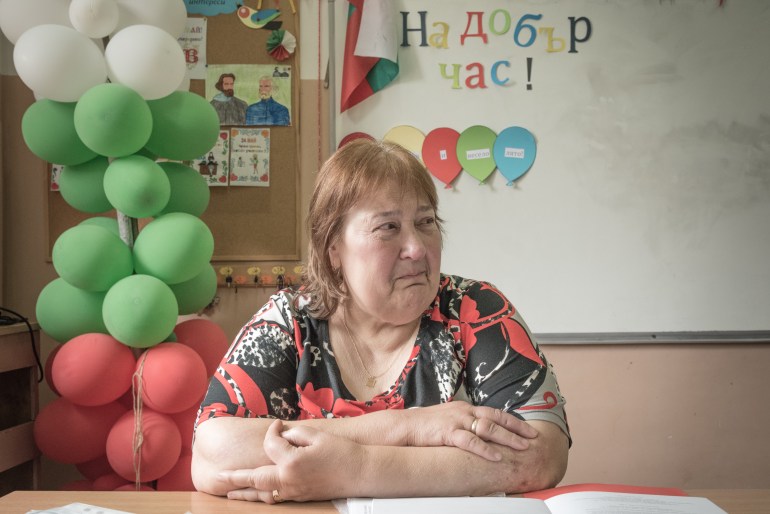
Teodora Dimitrova, another teacher in Montana, said that most students know that their mothers left to earn more money and to offer them a better future.
The savings allowed them to send their kids to high school and college, which would have been impossible without travelling for work.
However, such painful decisions do not come without regrets.
Svetlana, a 29-year-old mother from Montana, said that if she could go back in time, she would not have left her two daughters in Bulgaria as infants.
Her youngest daughter was one year old when she left to work on a farm in Calabria, in southern Italy.
“When my youngest began to speak, she asked me, ‘Mom, when are you going back? Why are you leaving us alone?’. While staying with their grandmothers, I called them three or four times a night and cried,” she told Al Jazeera.
After a few years, Svetlana could not take it any more and brought her children to Italy.
Her employers were always very supportive, she said, helping her with the girls while she worked in the fields. And when her third daughter was born, she did not think for a moment about leaving her.
But, as Del Vecchio of ActionAid Italy warned, the working conditions for farm labourers were not always conducive for women with small children. Iva worked in Italian fields in the Apulia region, where she described being underpaid and mistreated.
“I went to work near Foggia. It was so hot that we worked from morning until noon. Then we slept in the chicken coop, on a tarp, for two hours. Then we went back to work at 6 pm until 4 am. I didn’t have a contract, so I worked off the books,” Iva said.
Based on estimates of undocumented agricultural labour, there are between 51,000 and 57,000 exploited female workers in Italy, almost invisible to institutions, unions, and civil society organisations.
* Workers’ names were changed at their request